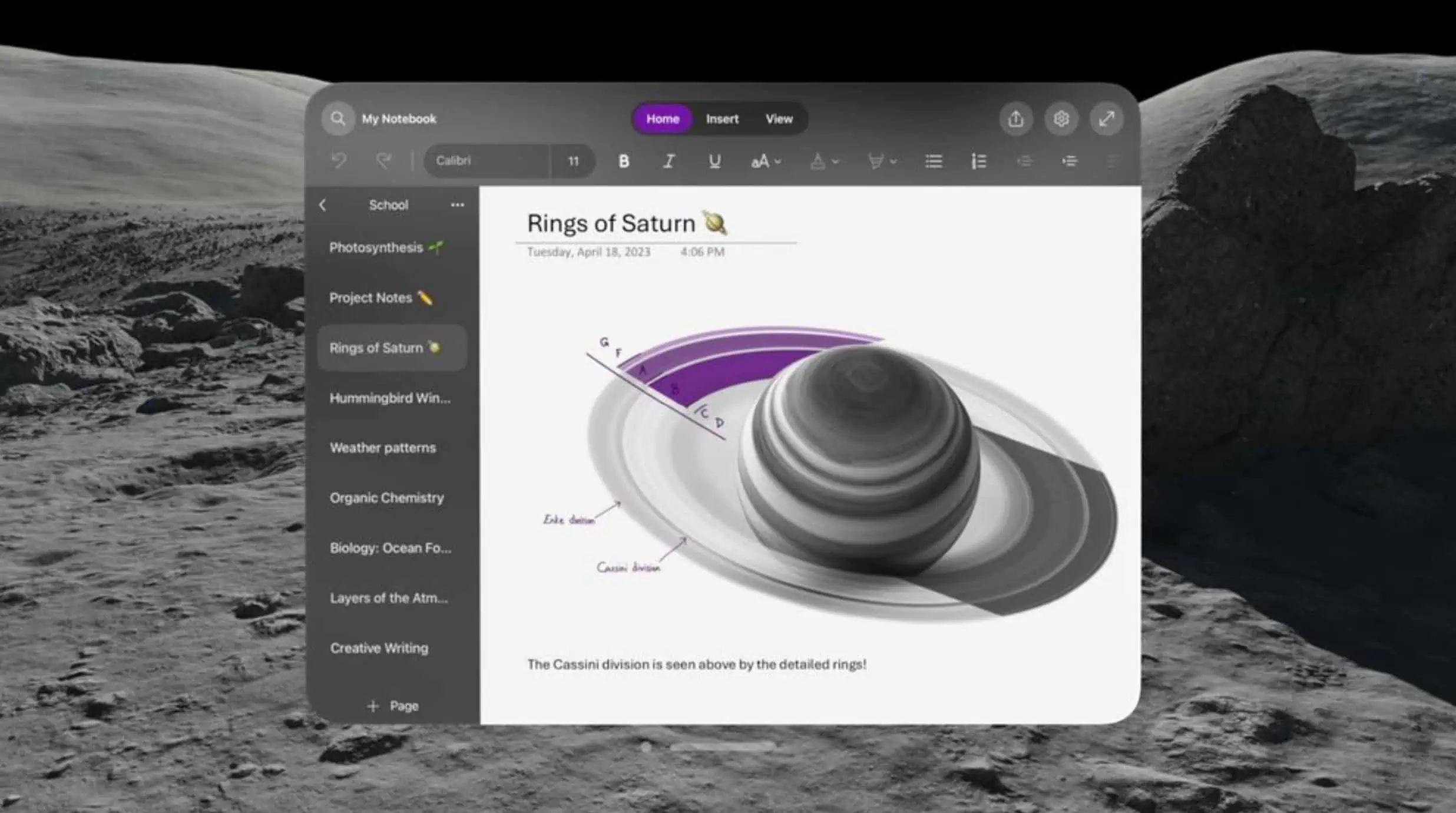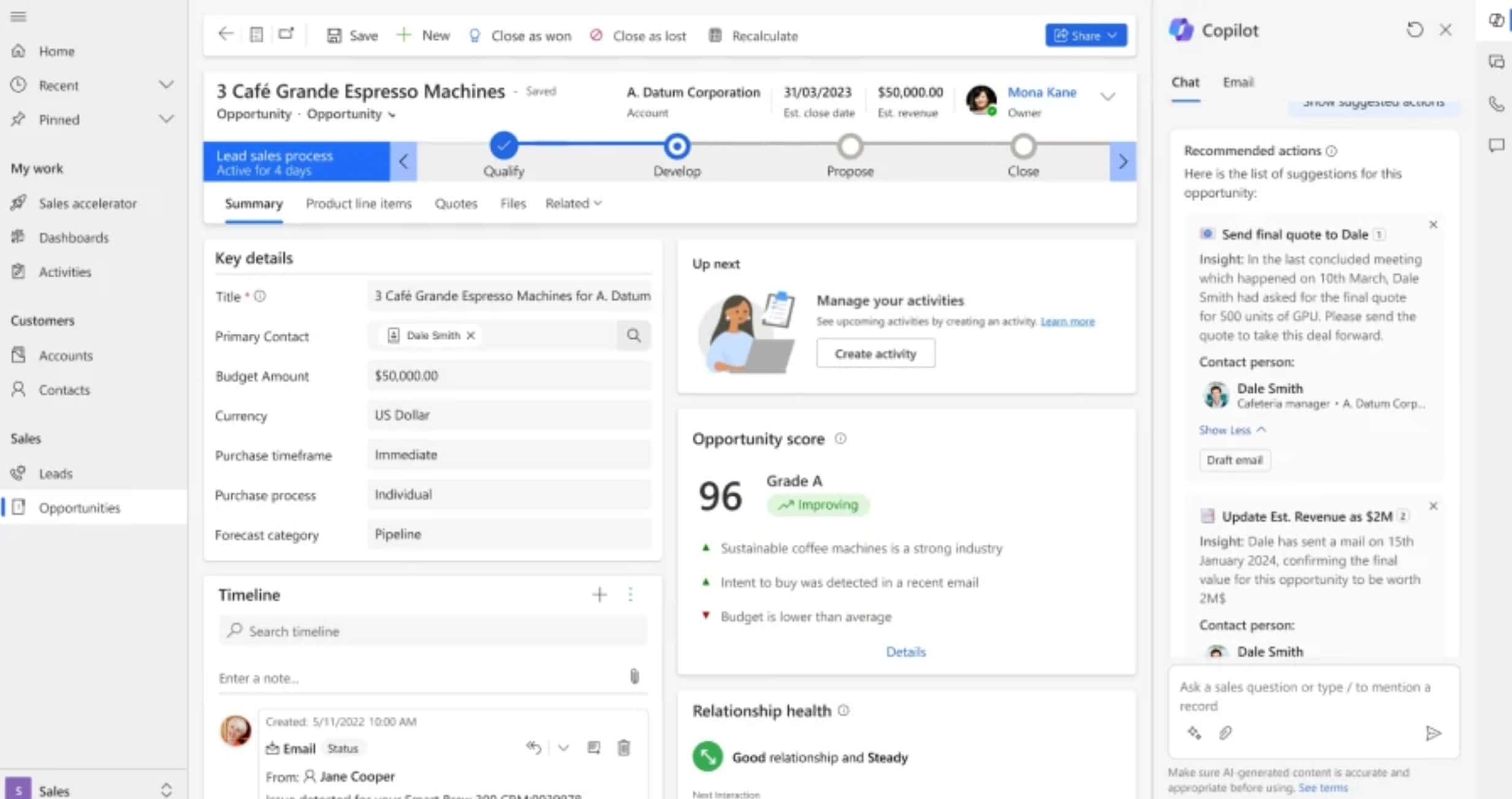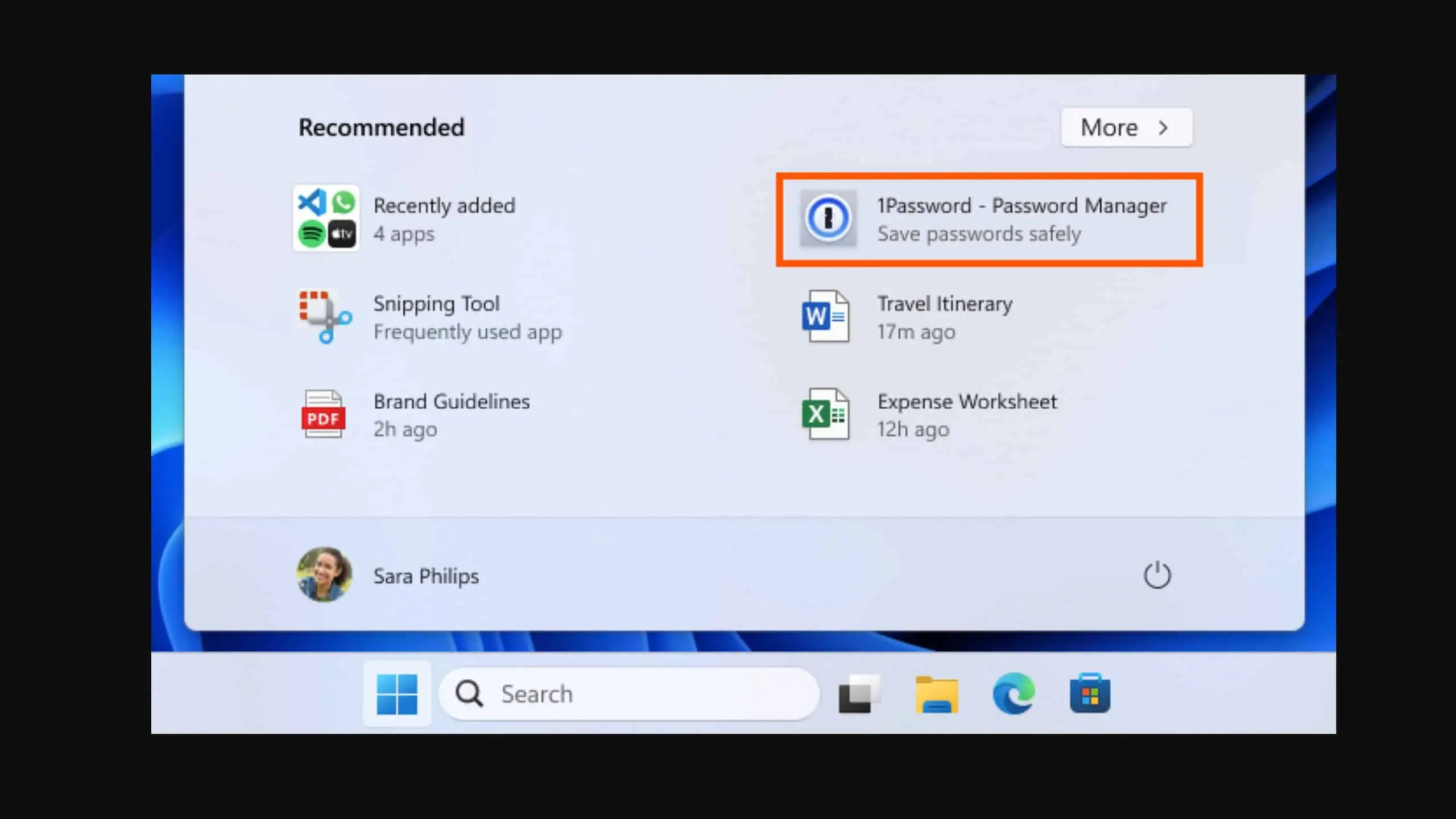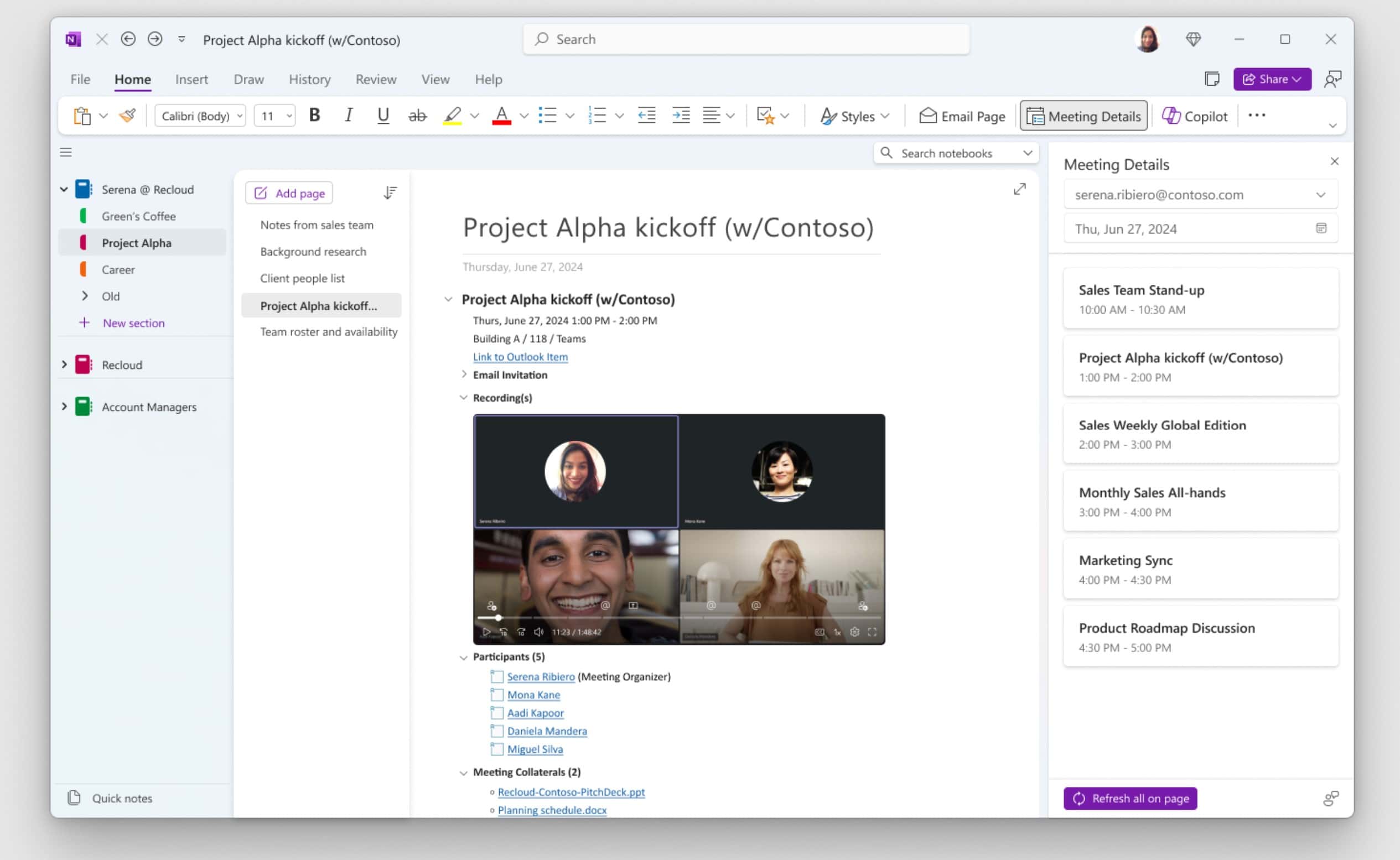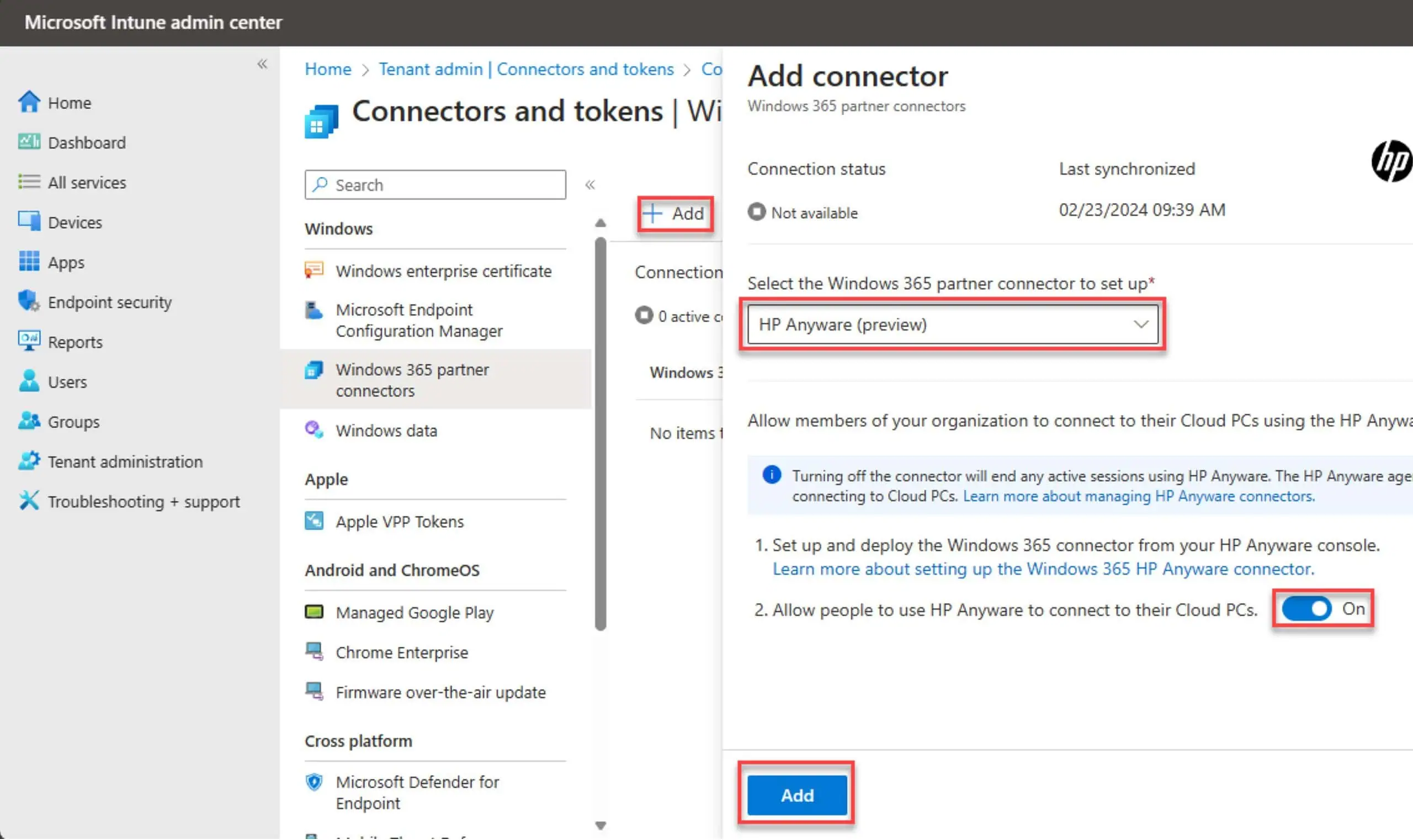Microsoft Positioned As A Leader In Gartner's Magic Quadrant for Unified Communications
2 min. read
Published on
Read our disclosure page to find out how can you help MSPoweruser sustain the editorial team Read more

Gartner recently released their report on Unified Communications market. In the magic quadrant they released, Microsoft was positioned as a leader in the marker along with Cisco. Cisco used to be the only major player in this marker, Microsoft came up with Lync years later and now it continues to make significant gains in the market. In many cases, Lync is initially deployed for its IM, presence and Web conferencing functionalities, with gradual incremental deployments of telephony and video added as follow-on phased deployments for specifically targeted groups or regions.
Microsoft Lync offers a full suite of UC functionality that Microsoft continues to improve with each release. It integrates with Office applications, Active Directory and Skype. Microsoft has a broad set of additional business applications that will increasingly be leveraged, including Office Graph (which uses machine learning to define the context and connect users with relevant documents, conversations and people) and Cortana (a digital assistant).
The Lync partner ecosystem expanded at a rapid pace; however, more importantly, the partners’ skill level and experience in complex deployments that include voice and video also improved significantly year over year. Lync’s improved federation capabilities have proven an effective way for groups to collaborate across organizational boundaries. For cloud delivery, Microsoft offers Lync Online as part of the Office 365 suite, as well as in private cloud configurations; in both cases, partners can be leveraged for telephony. However, enterprises should be aware that Lync Online offers only a subset of the on-premises Lync solution, most notably with limited PSTN connectivity.
Enterprises that have a significant number of employees that can benefit from Lync’s collaboration model should consider the Lync solution and understand how it might change their business processes and worker productivity. Enterprises considering deploying Lync telephony or video should understand the topology and infrastructure requirements, how they will support branch offices, and (if relevant) how they will deploy and obtain global third-party support. Enterprises with advanced telephony feature requirements should also ensure that the needed functions are supported.
Read the full list of strengths and weakness from the link below.
Source: Gartner




